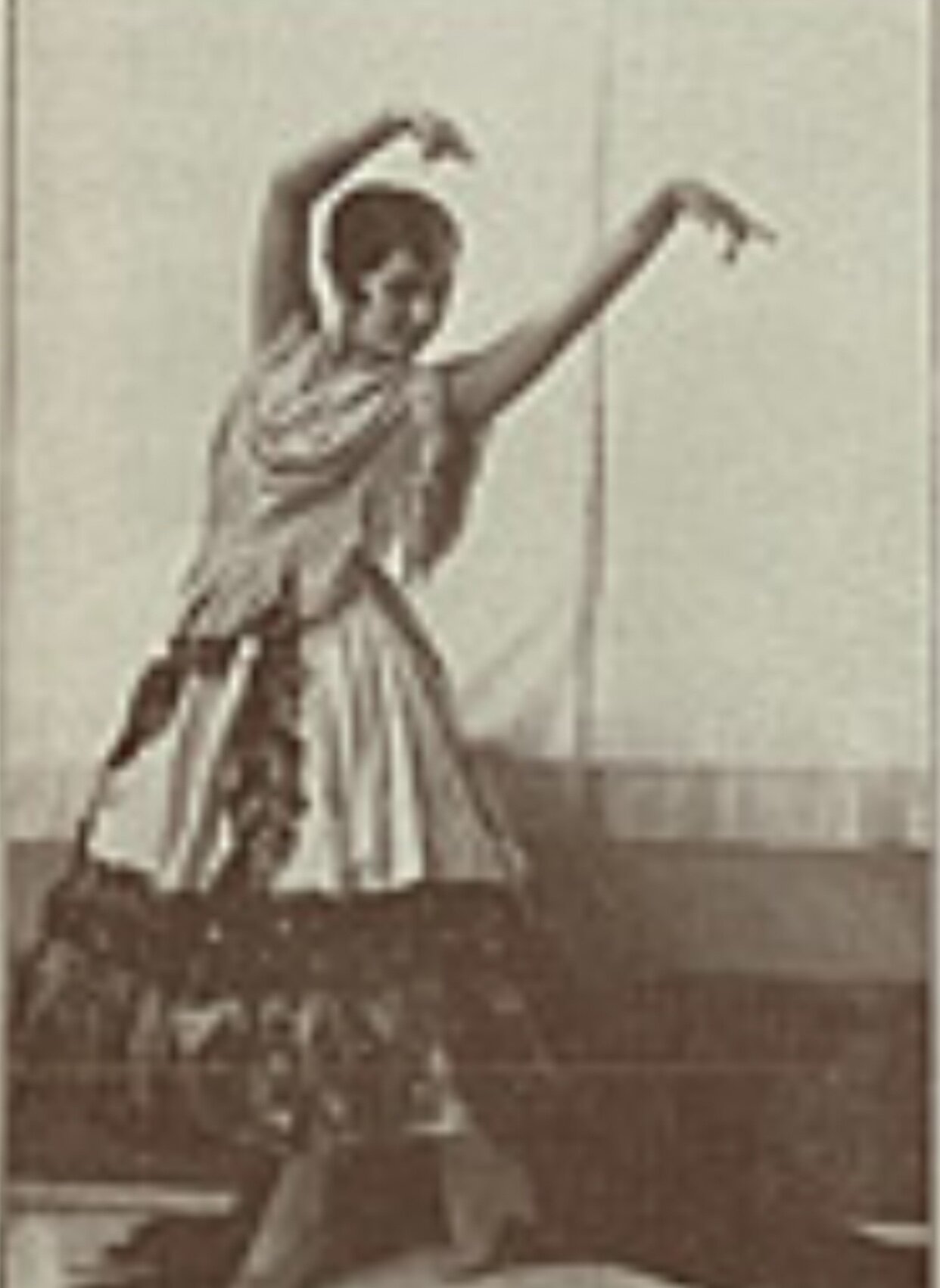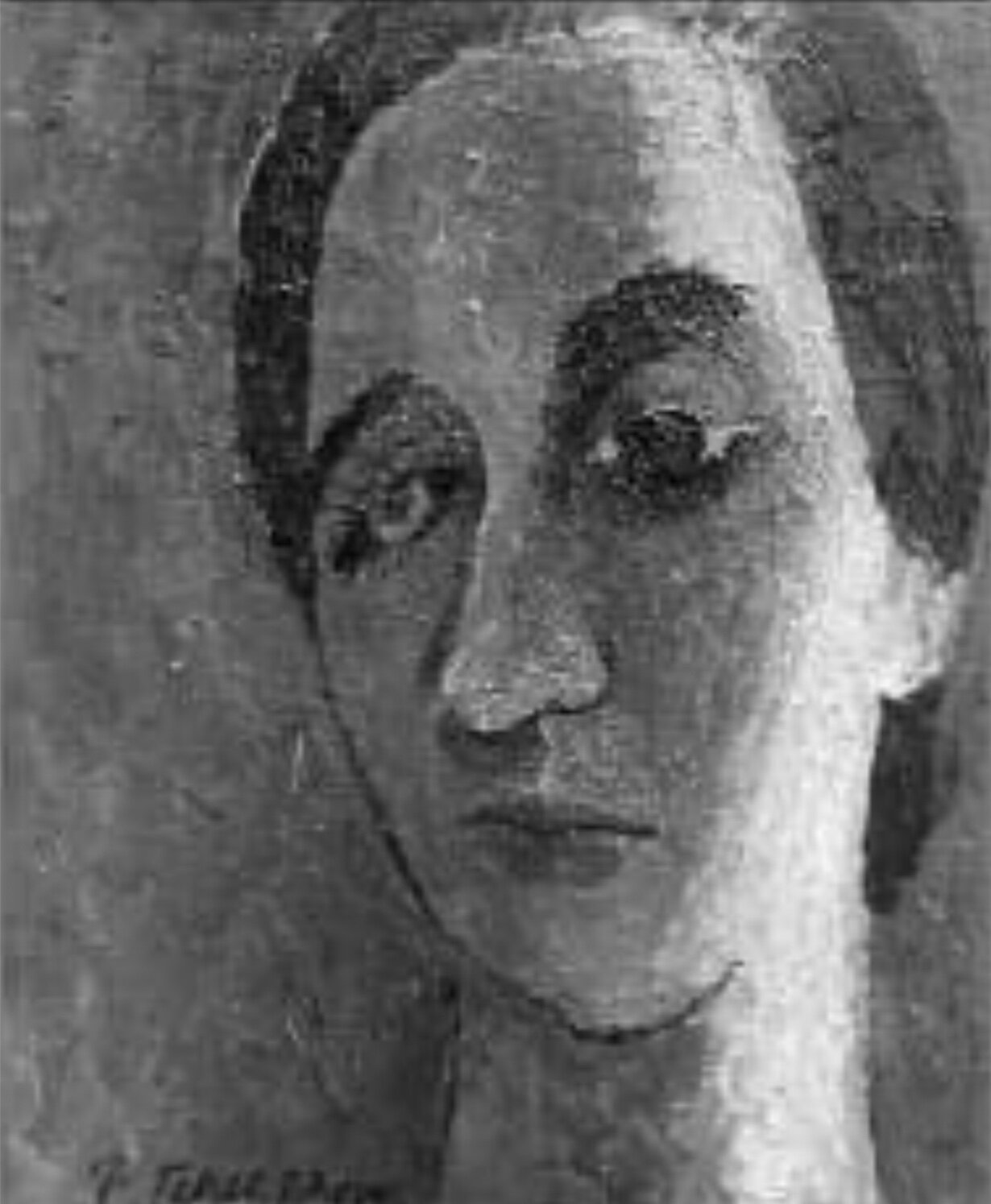Catherine Devillier - ballet’s first black soloist? - Black History Month in Dance, 2021
Black History in Dance 180; 181; 182; 183; 184; 185; 186. This Black History Month in Dance was not something I planned in advance. On February 1, other people’s Instagram posts - particularly the marvellously eclectic cornucopia of F.Paul Driscoll at @fpd8652 - reminded me that this was Black History Month. On February 2, it occurred to me that to try composing my own anthology would be a valuable way of extending my own thought as a dance historian. Since beginning to review dance in 1978 and to teach dance history in 1980, I’ve become gradually aware that my view of dance was largely white and largely Eurocentric. I urge everyone interested in dance to compose their own black history dance anthologies; it’s good for the mind, especially if you’re white. (Histories of Hispanic dancers and of Asian dancers lie ahead.)
For me, it’s been important not just to note the black dancers who achieved fame but the range of issues raised by this way of considering dance: genre, gender, casting, and the many problems facing black dancers. It’s too easy only to cheer those black artists who achieved stardom and eminence. No black history is representative without considering those who, like Buddy Bradley (133-138), Syvilla Fort (52-62), Arthur Bell (23), and Betty Nicholls (75, 76), are often overlooked, despite their historic achievements - and Arthur Bell’s years as a homeless man add a note of poignancy that should be part of any black history. African dance, hip hop, tap, should not be overlooked; and the particular difficulties for black women in succeeding in ballet and tap should not be forgotten. And it’s important to remember the complexities of blackface. All dance aficionados should construct their own black history anthologies. As they proceed, they should keep looking out for where those anthologies are deficient, and which aspects reflect either their own prejudices or society’s.
This is not my last post for this Black History Month, but I note that I have enough ideas to fill a whole other month and then more. Once you start, you keep finding more. This morning, Facebook and Instagram posts by Sergey Konaev @deadcanwrite led me to discover a dancer of whom I’d never heard: Catherine Devillier, and to a new Instagram address, Russian Blacks in the Arts, @rublacksinthearts . I derive most of the following information from those sources, but I long for a more extensive biography: her papers and those of the Princess Dilkusha de Rohan are in the Harry Ransom Center at the University of Texas, Austin, “awaiting a dedicated researcher”: she is surely a fabulous project for a scholar of black artists, the performing and visual arts, and queer life in her era.
The story of the Russian black dancer Catherine Devillier (1891-1959) involves the Moscow Bolshoi Ballet, silent film, Diaghilev’s Ballets Russes, Berlin, London, the painter-designer Pavel Tchelitchew, marriage, and lesbianism. Was she the first black soloist in ballet history (as Sergey Konaev reasonably claims)? She grew up and trained in Russia, daughter of a black father and a white mother, the important theatre artist Vera Popova Vassilieva. Devillier trained in Moscow, graduating in 1908 into the Moscow Imperial Bolshoi. @rublacksinthearts writes “Most of Catherine’s ballet dancer colleagues, friends, and critics in Moscow adored her, lauding the softness of her dance, her ardor, her chic and musicianship in presenting movements, and her kind eyes.” Among her roles was Mercedes in “Don Quixote”. She was also in a 1915 Russian silent film; alas, this is now, like so much silent film, lost.
These photographs show her:
as the Khan’s Wife (photo 180: Moscow, 1916) in “The Little Hump-Backed Horse” (though the image strongly suggests “Scheherazade”, a ballet in which she later danced);
as a Bacchante (photo 181: 1915?) in “Eunice and Petronius” (choreographed in 1915 by Alexander Gorsky);
in a supporting role (photo 182: 1916) in “La Bayadère” as rechoreographed by Gorsky;
the Miller’s Wife (photo 183: 1920) in Leonide Massine’s “Le Tricorne” (Diaghilev Ballets Russes, with the Picasso costume);
as a Polovtsian Maiden in 1921 (photo 184) in the Diaghilev production of Mikhail Fokine’s “Polovtsian Dances from Prince Igor”, but here in a costume by Pavel Tchelitchew);
in a Modigliani-like portrait (“Portrait of Katusha”- Katusha being her Russian diminutive) by Tchelitchew (photo 185 - Museum of Modern Art, New York); in a fragmentary closeup (photograph 186);
and as the life partner of Princess Dilkusha de Rohan (photo 187, by Eileen Agar, belonging to the Tate Gallery), seen here in June 1941 at their home in Sussex, England.
Dark skin colour in Imperial Russia was not a stigma; Devillier rose fast there. Nonetheless, in ballet-blanc ensembles, conformity of skin colour was expected; her nightmare apparently was the Dance of the Hours in “Coppélia”, where she was required to powder down. She had charm, though, and eventually succeeded in her requests not to be cast in that dance. (Earlier in her career - I learn from Andrew Foster - she came to London with Olga Preobrazhenskaya in a two-scene version of “Swan Lake” in 1910: she danced in both the mazurka and as a swan, as which it may be supposed some “whiting down” was expected.)
Devillier’s first husband (1915) was Nikolai Savvich Mamontov, son of the important patron of operatic production Savva Mamontov. He was captured and shot by the Red Army in 1920. She, however, escaped Russia; she danced a single season with the Diaghilev Ballets Russes in Paris and London in 1920-1921, making an impression in the role of the Miller’s Wife in “Le Tricorne”,‘ the Leonide Massine masterpiece that had had its premiere the year before, with music by Manuel de Falla and designs by Pablo Picasso. She also danced a Polovtsian maiden (photo 183); I hope we find out more about Pavel Tchelitchew’s new designs for this ballet. He - who later became an important collaborator of George Balanchine and Lincoln Kirstein and made a superb drawing of Frederick Ashton - at some point painted her, in a portrait that is now in the collection of the Museum of Modern Art, New York. She also danced in Massine’s “Chout” and in Mikhail Fokine’s “Scheherazade”.
Devillier then became a choreographer and dancer teacher in Berlin, before relocating to London, where she remained for three decades. In 1936, she there married her second husband - but this was a marriage of appearances. In Berlin, she had found love with Princess Dilkusha de Rohan, a celebrated figure of fashion who was friends with Gertrude Stein and Alice B. Toklas. They moved to England together. (I like to imagine them watching their friend Pavel Tchelitchew’s productions with George Balanchine in London in 1933, and meeting Frederick Ashton through Tchelitchew, but this is fantasy on my part.) The painter-photographer Eileen Agar (1899-1991) took images of them in their sunwear in 1941 (photo 186) that now belong to the Tate Gallery, London. It’s to be hoped Catherine Devillier’s life and work become better known in coming years.
Sunday 28 February
Catherine Devillier as the Khan’s Wife in “The Little Hump-backed Horse”
Catherine Devillier as a bacchante in “Eunice and Petronius”
Catherine Devillier in “La Bayadère”
Catherine Devillier as the Miller’s Wife in “Le Tricorne”, Diaghilev Ballet, 1920
Catherine Devillier as a Polovtsian Maiden in “Prince Igor”, Diaghilev Ballet, 1921. She wears a costume by Pavel Tchelitchew.
“Portrait of Katusha”, by Pavel Tchelitchew. Katusha was Catherine Devillier, his friend. The portrait is in the collection of the Museum of Modern Art, New York.
A fragment of a photographic closeup of Catherine Devillier
Catherine Devillier (standing) with her life partner, Princess Dilkusha de Rohan, at their home in Sussex, England, 1941. Photo by Eileen Agar: Tate Gallery.







